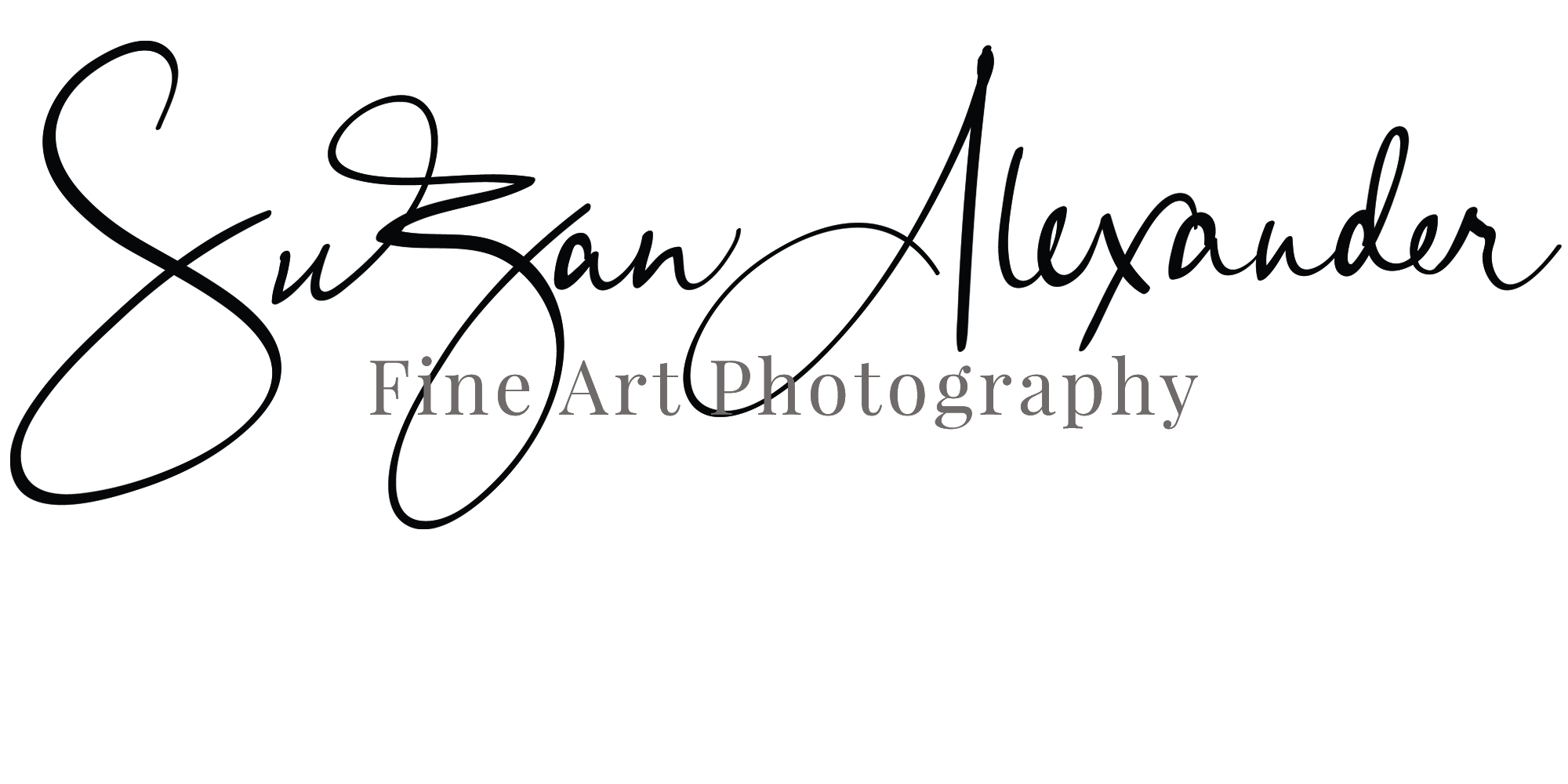Feature Friday: Dorothea Lange (Part II)
We are in the second week of celebrating Dorothea Lange. Last week, we set the foundation of Lange’s work as a successful high-end portrait photographer. So, how did this “city-girl” evolve into a documentary photographer best known for documentation of rural America, agriculture, agriculture workers, and their hardships? Hold on to your virtual hats because Lange is taking us on a ride documenting rural America.
Perhaps a family “time-out” played a pivotal role in Lange's shift to documentary photography. Lange, husband (Maynard Dixon), and their two sons relocated to New Mexico for a period of time in the 1920’s to take refuge from the Depression. During her time in New Mexico, Lange photographed many of the residents and, when they returned to San Francisco, it seems her focus had shifted from portrait photography to what might be termed “street photography”. (See: “The White Angel Breadline” (1933)) Lange began to use her camera as a tool to document and affect social change. Before long, her portrait experience also became apparent in the way in which she captured the people she was photographing. Her humanization of these people set her apart and people began to notice her documentary work. One person who noticed her work was Paul Taylor, Professor of Economics at the University of California. Eventually, Lange and Taylor married and set about the rural areas as a team for the federal Resettlement Administration (RA) documenting rural poverty, exploitation of agricultural workers, as well as the changing landscape of agriculture. The RA latter became known as the Farm Security Administration (FSA), and although Lange was hired as “typist” because that was the only job available for her at the time, her images became popular RA/FSA images which were shared with the media. Among the more popular images is Lange’s “Migrant Mother” pictured above. This image has always captivated me. It captures the subject, Florence Owens Thompson, so beautifully. To me, it conveys her strength and beauty. Yes, strength and beauty become redundant in this instance.
I hope you will take a minute to really look at this image. Look at the tight crop of the subject, yet all the information that is contained in the canvas predominantly filled with the subject. We see her worried face. We see three children "framing" her in a sort of triangle, which is symbolic of strength. I was so captivated the first few times I saw this image, I almost missed the sleeping infant in her lap. Oh my goodness! You have empathy for what this woman and her family are experiencing, but OH! what an image. This picture is truly worth a thousand words - or a thousand adjectives at least. I would love to hear what you see in this image, so please comment and share.

